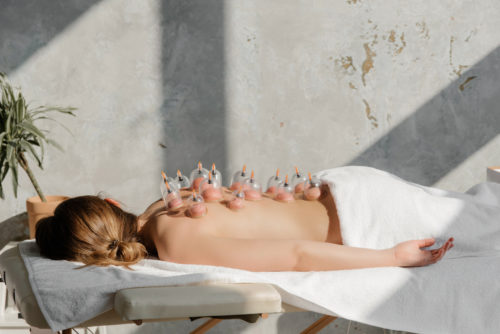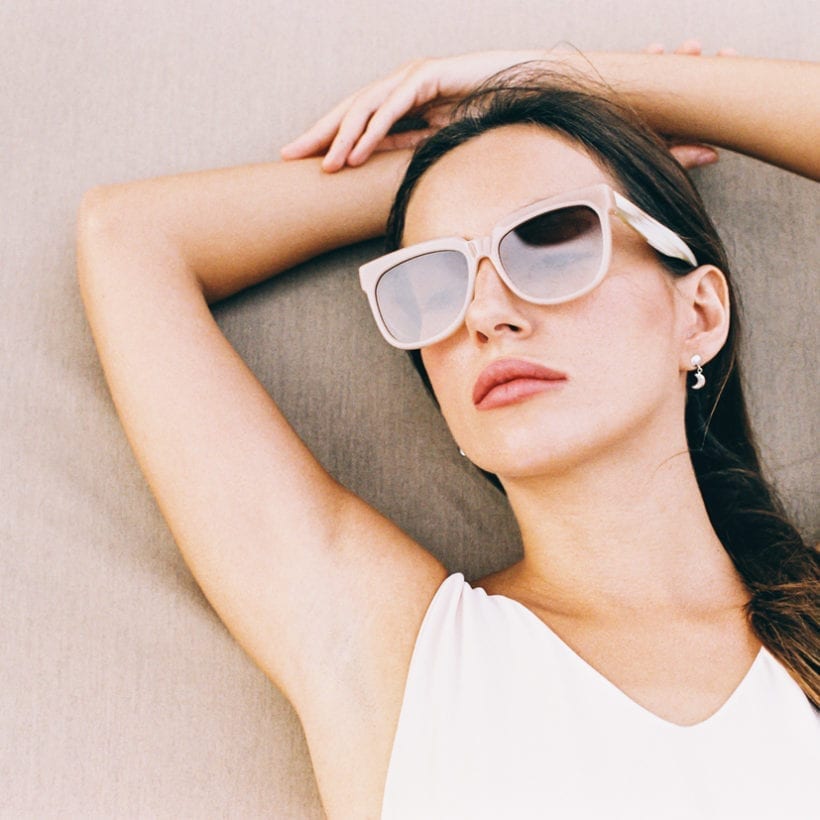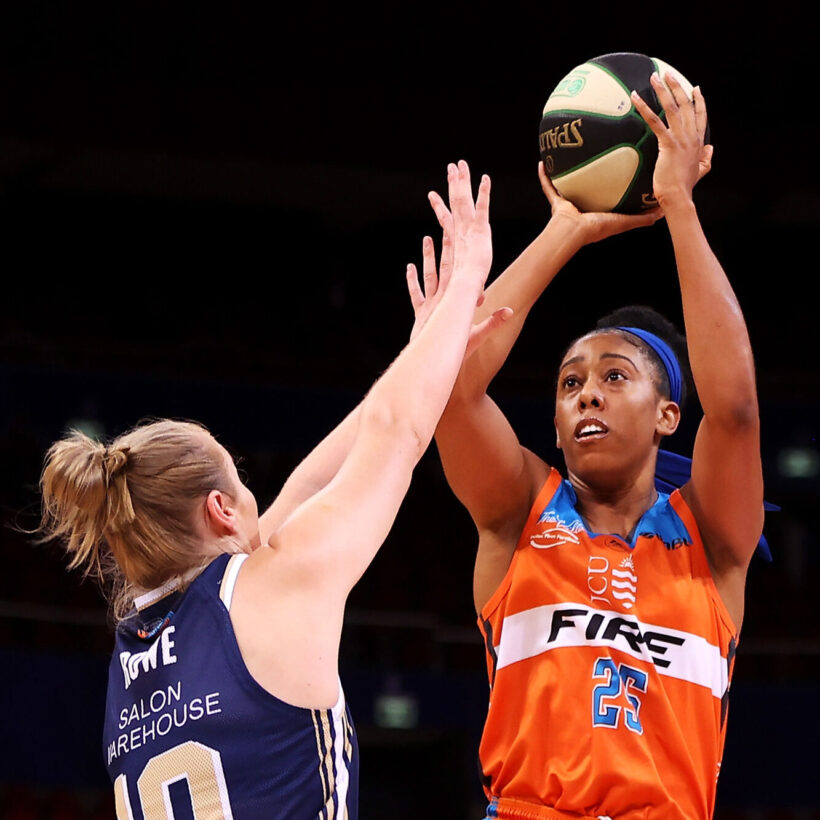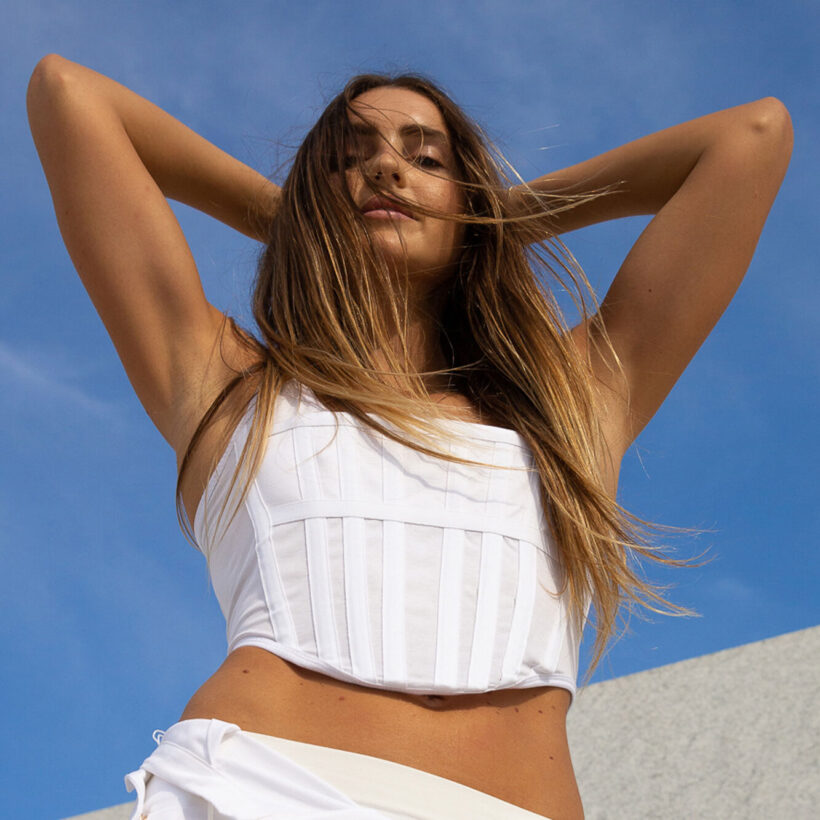Earlier this month actress Kaley Cuoco’s cupping circles made headlines after her makeup artist, Jamie Greenberg posted an Instagram story about having to cover them (unexpectedly!) for the Screen Actors Guild Awards. There were more than a few comments asking “what is cupping, anyway?” With the help of an L.A.-based licensed acupuncturist and founder of Raphie Rose Yoga and Acupuncture, Raphie Chiaramonte, we’re going to explain the basics of this ancient therapy, including those distinct circles.
What is cupping?
“Essentially, cupping is a form of manual therapy where suction is created against the skin,” says Chiaramonte, likening it to “an inverse massage — instead of pressing down, we pull out, thereby depressing the muscle.”
There’s no exact documentation regarding the birth of cupping, though there’s evidence of it being used in ancient Egyptian, Middle Eastern and Chinese medicine for thousands of years, as well as references from Hippocrates using the therapy around 400 B.C.
“Historically, cupping was used for lung conditions including cough, asthma and congestion, as well as digestive disorders,” explains Chiaramonte. These days, the majority of patients seek out cupping for pain and headache relief, muscle relaxation and improved circulation. But Chiaramonte says cupping can be effective “for everything from cellulite and wrinkle reduction to anxiety and depression, fibromyalgia, arthritis and sports injury or strain.” She’s even had patients see improvement in blood pressure as well as back acne and scarring.
The idea is that the release of tight areas around the body improves blood, oxygen and nutrient flow to those areas, helping them heal faster and reducing the build-up of toxins. Western science hasn’t thoroughly studied cupping to prove its effectiveness (mostly because you can’t do control with a placebo group — there’s no way to simulate cupping without actually doing it), but that doesn’t seem to prevent Eastern practitioners and millions of patients from believing in its efficacy. Jennifer Aniston, Gwyneth Paltrow, Lena Dunham, Victoria Beckham and Justin Bieber have proudly shown their circles. As have a slew of professional athletes, who seek treatment before competing. (See Michael Phelps at the 2016 Olympics.) Or have a look at #cupping on Instagram to see the post-session photos showing the infamous circles with testimonials praising the therapy.
Cupping facials
A quick note on the at-home facial kits that are creeping into TikTok and Instagram videos: Some fans rave about the effectiveness of running cups around the face to stimulate blood flow and improve skin tone, but we still recommend going to a certified expert and requesting his or her professional opinion on facial cupping and if it’s right for you and leave it to the pro to perform the procedure. This is your face we’re talking about, after all.
Who can cup?
“With the stresses of daily life, most everyone can find some benefit from cupping, as long as there are no contraindications,” says Chiaramonte. Issues that would prevent treatment include “patients with bleeding issues, those on blood thinners and those with convulsions or high fevers.” Also, anyone undergoing chemotherapy should avoid cupping within 48 hours of their treatment. Pregnant women should consult with their maternity care practitioners and “should not be cupped on their abdominal and sacral/low back regions.” A qualified practitioner will never place cups on broken skin, skin ulcers or over large blood vessels. Patients with these conditions or eczema “should alert their practitioners prior to treatment.”
What to expect
For starters, check with your practitioner for practical information, like COVID-19 precautions and any paperwork to fill out pre-appointment. Though a session will vary between practices, usually the patient talks with the practitioner about his or her needs (and often cupping is done in conjunction with an acupuncture session as part of a complementary treatment). Patients should wear loose, comfortable clothing and expect to take off anything on their top half and wear loose-fitting bottoms, as the practitioner may need to access the low back. Cups are then applied with heat to create a suction or with a pump-like suction and left on for a couple of minutes before being moved around the muscle or removed.
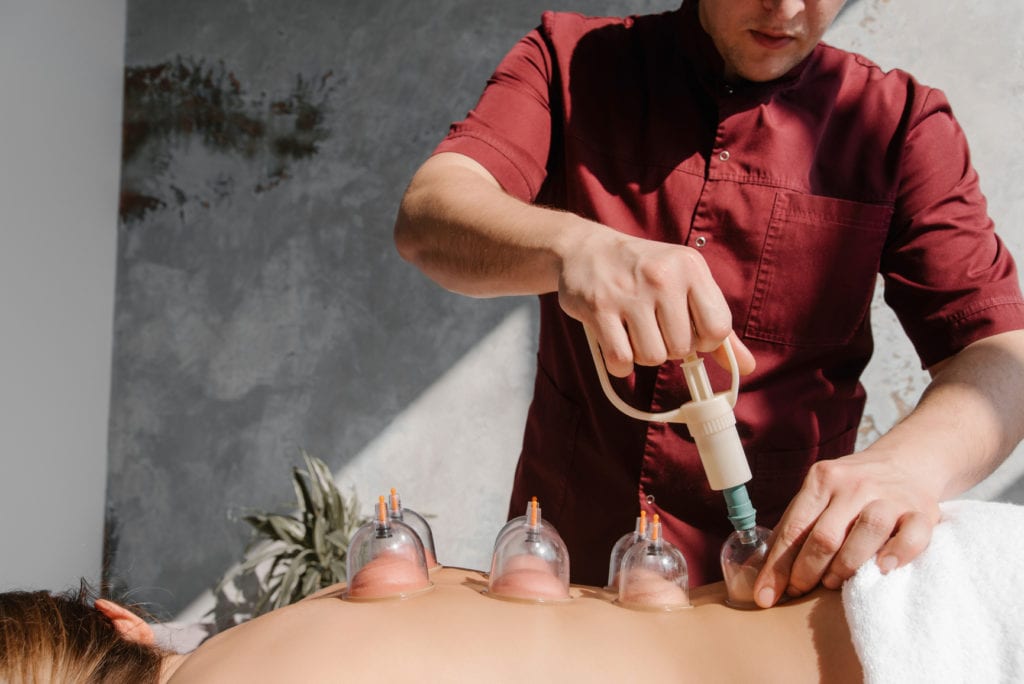
Is it painful? “Like a vacuum against your skin,” says Chiaramonte. Or “like a warm, deep-tissue massage.” The suction draws stagnant blood to the surface, resulting in the marks, which are not actually bruises, and patients rarely report feeling any pain during or after cupping. The marks will fade anywhere from a few hours later, up to two weeks.
Keep in mind that cupping “can be incredibly detoxifying,” so patients might feel nauseous (the same way you might after a deep tissue massage) and should drink plenty of water the day of and day following a treatment to help flush out toxins.
What about the cost? Obviously, prices will vary by location and practitioner. Chiaramonte says rates in L.A. range from $40 to $150 per session, but again, they are often part of acupuncture treatment. (“While I do cupping sessions on their own, I prefer them in conjunction with an acupuncture treatment,” says Chiaramonte.)
One more word of advice from our pro: “Warn your kids and significant other about the dark marks — they can be very jarring if you aren’t expecting them.” Or if you’re a makeup artist arriving to prep a client for a major Hollywood awards show (looking at you, Cuoco).
Chiaramonte treats clients in L.A., as well as at Clinic for Pain and Anxiety in Beverly Hills, Access Health Chiropractic in Torrance and Inner Gate Wellness in Culver City.
